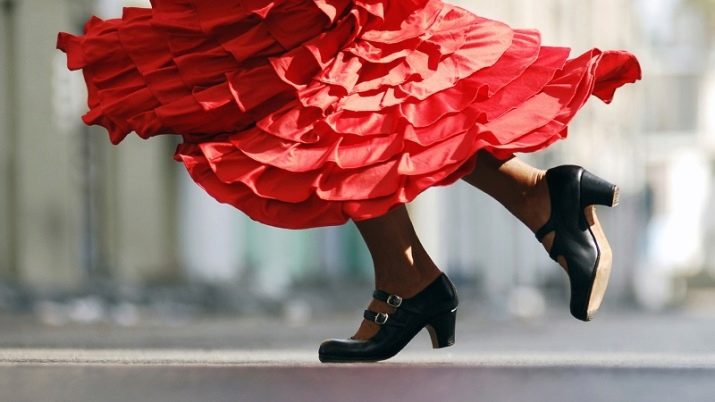All about flamenco dance
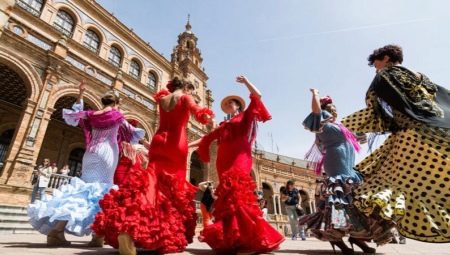
Flamenco is a Spanish dance. He is especially sensual and passionate, but quite difficult to perform. The dancers' movements captivate the audience. Before you start attending lessons, it is recommended that you familiarize yourself with all the features in theory.
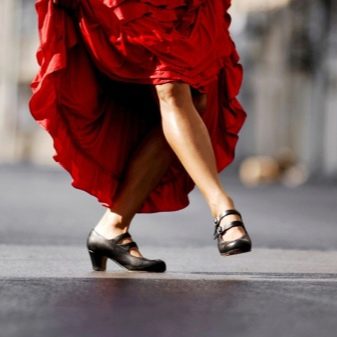
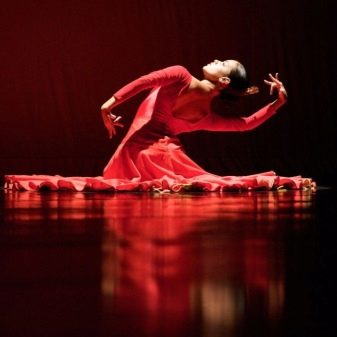
History
Indian dances became the basis for the creation of flamenco. Most of the movements were borrowed from there, but slightly modified. The exact year of creation is unknown, but this event took place between 500-250 BC. NS. Then Indian dancers came on tour to Spain and performed in front of high society. Since then, local people have started dancing flamenco.
About a thousand years later, the Moors and Gypsies appeared in Spain. They also brought their folk dances with them. Thanks to this, the movements of the original flamenco have been slightly modified and improved. The dance has gained universal popularity among the inhabitants of Spain, as well as other nearby states. But even then, teachers passed on their skills exclusively orally. The description of the movements or any rules were not recorded on paper.
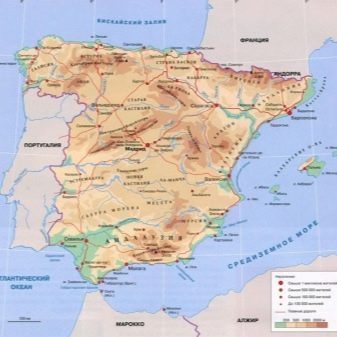
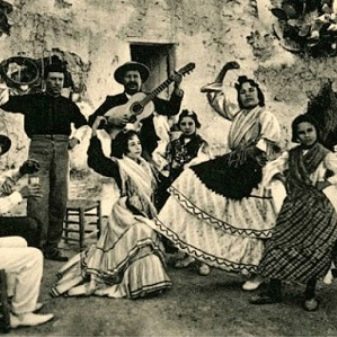
Features of the dance
Initially, it was assumed that flamenco is a single dance, but the adjustments made made it so that it is performed in pairs (man and woman). Although, some species are danced only by representatives of one of the sexes. It is noteworthy that gestures are always used during the dance. This helps to express feelings more vividly and convey the desired emotions to the audience.
The features of the dance are as follows:
- The obligatory movement during the performance is the characteristic tapping of shoes on the parquet. This manipulation can be simple or technically difficult.
- The hands are the main tool for expressing emotions.
- Musical accompaniment: the sounds of the guitar, clapping and shouts of the audience.
It is noteworthy that during the performance, the dancers are allowed to improvise. But this only applies to those who have sufficient experience in performing. Pupils are better off focusing on basic movements.


Views
There are several types of dance. They differ not only in names, but also in the technique of execution.
- Sevillana - this species is especially popular in Spain and Andalusia. The performers are traditionally a man and a woman. You should start dancing to the sound of the guitar, while rhythmically clapping your hands. During free performance, dancers can sing songs at the same time. Of course, this is already unacceptable at official competitions. During the performance, the dancers should come close to each other, and then move away for a short time.
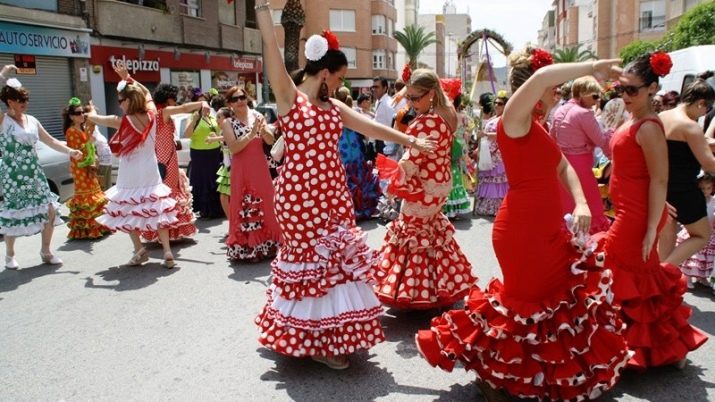
- Sardana - performed traditionally in Catalonia. A feature of this option is the execution in a circle.
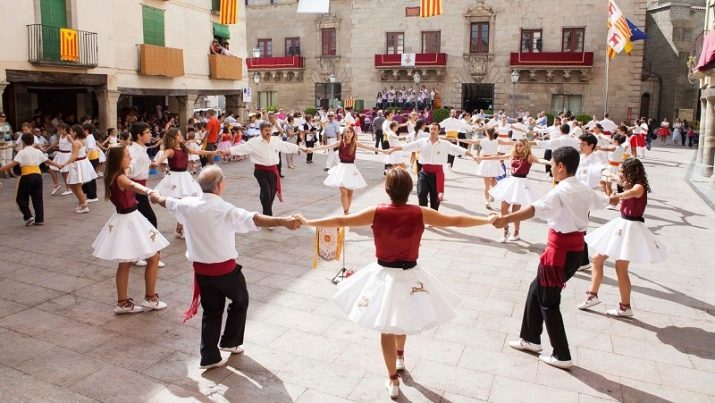
- Chotis - this option is especially popular with residents of Madrid. During the performance, the dancers are pressed against each other as tightly as possible. The movements are primitive: three steps left and right, turn. Then the cycle repeats. This dance is considered especially easy to learn.
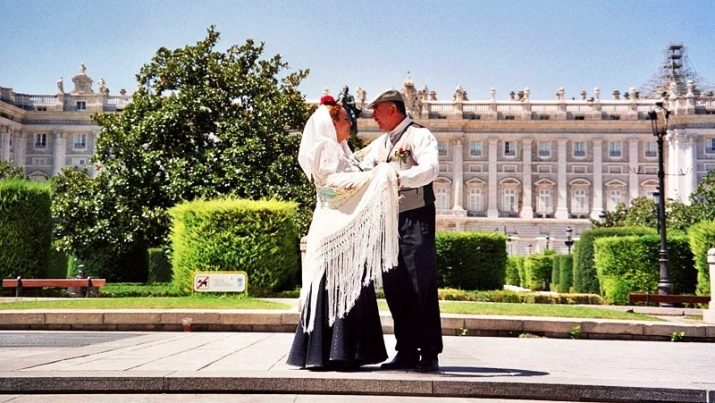
- Muneira - especially popular in Galicia. It is most often performed not by a couple, but by a group of people. The main movement is jumping with arms raised up.
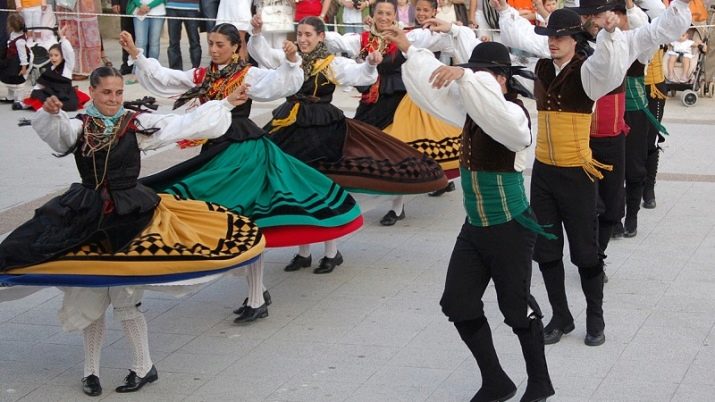
- Hota is also considered a national dance. Moreover, in each province it is performed with individual characteristics.
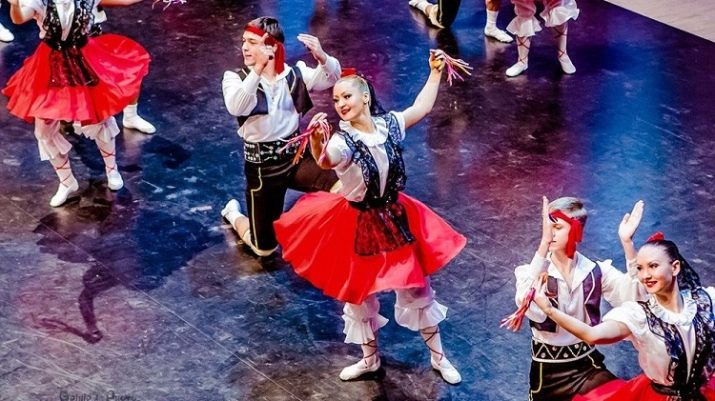
- Pasadoble - this dance is considered the most popular not only in Spain, but also in other countries, including Russia. The dance is unusual, once it was loved by bullfighters. The dancers pretend to be bullfighters. It looks mesmerizing.
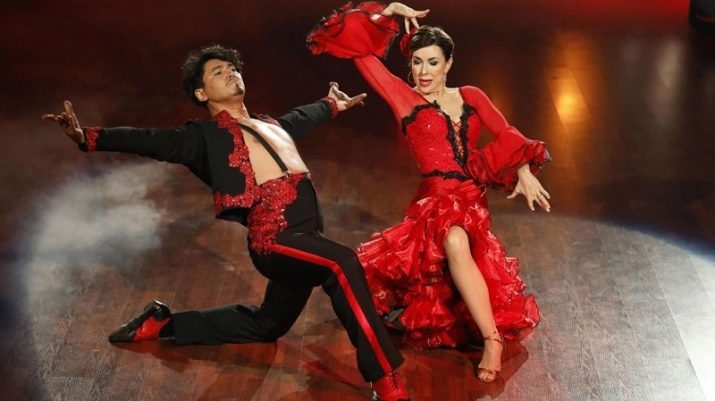
- Allegrias - a positive dance, the birthplace of which is the city of Cadiz. During this dance, songs were performed dedicated to the victory over the French army under the leadership of Napoleon. The tonality of the music here must be in a major one. Otherwise, athletes will not be able to convey positive emotions to the audience.

- Farruk. The founders of this dance are gypsies. It is characterized by a masculine performance. If women participate, they dress in men's clothing. Music should be minor.

- Solears, which is home to the northern cities of Spain. During the dance, athletes tap out not only with heels, but also with socks. Hands are connected exclusively to convey the emotional component. Musical accompaniment takes place with the help of a guitar. In addition, spectators are allowed to clap their hands and make specific shouts. All this does not interfere with the dancers, but, on the contrary, creates a more pleasant atmosphere.
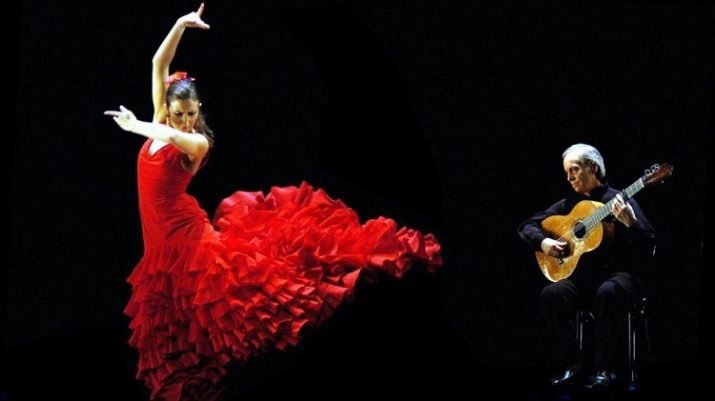
- Seguidilla. The dance was invented in La Mancha. The peculiarity lies in the characteristic movements of the hands. They should be clear and sharp enough, as if the dancers were ripping open air.
These are the main types. Each of them includes many features and nuances. You should start with the simplest ones, gradually mastering new varieties.
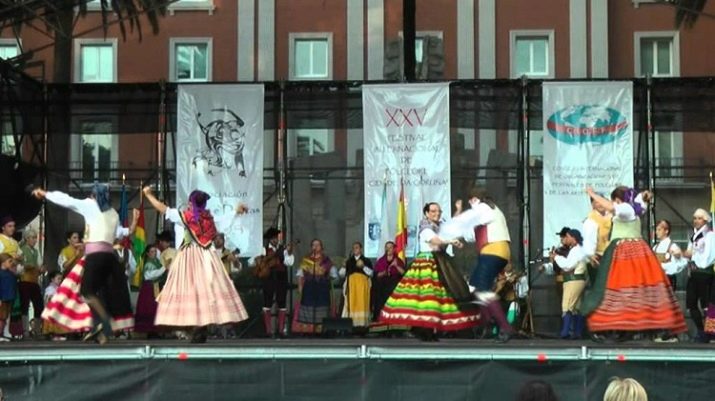
Clothing and image
Regardless of the type of flamenco, dancers require specific clothing. It is necessary to create the desired image, helps dancers to better express and convey their emotions to each other and to the audience. Bright and aggressive colors prevail in clothes: red, black, blue, green. Wide skirts or dresses are most often seen on women. By the way, a simple ornament is quite common. For example, clothes with polka dots are especially popular. Makeup is especially bright. The hair is either pulled into a bun or loose, but at the same time decorated with some kind of decorative elements, for example, hairpins.
Men wear a shirt and trousers. Some outfits have headdresses.Women's and men's shoes are different, since the former almost always have heels of different sizes. Shoes must be stable and always with a closed toe.
The training form may be the most common, but it is better to dance in suitable clothes, as it helps to better convey emotions.
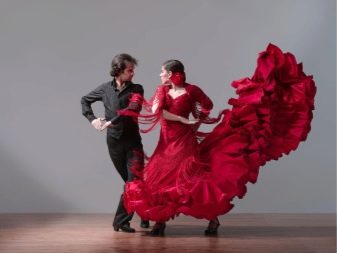
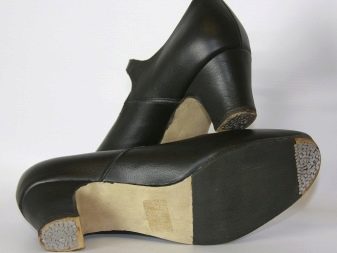
Basic movements for beginners
Having studied all the features of dancing, you can think about and decide whether to send your child to class. Of course, the dance is technically difficult, but it can help to reveal bright character traits to children. So, boys will become more daring and daring, and girls will learn to express their femininity.
Now in most cities there are schools and dance sections, in which there is always a flamenco department. Moreover, not only children, but also adults can enroll. You can learn to dance at home, but doing it yourself is much more difficult. You can master flamenco by learning the basic movements.
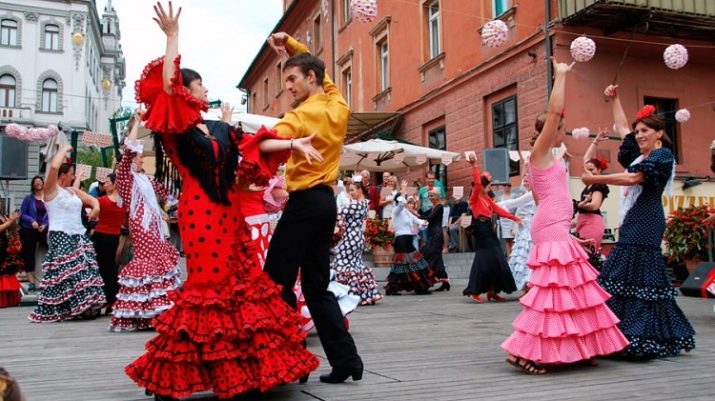
At the professional level, for this, rules have been developed that must be followed, regardless of the type of dance chosen. They consist of several points.
- Movements should be as sharp and rhythmic as possible. It is very important to have a good sense of tact.
- In order to convince the audience of their condition and attitude towards their partner, dancers must use a lot of hand gestures. In addition, the emotional component is transmitted through facial expressions. It's not a bad idea to attend acting classes at the same time as mastering flamenco.
- Dynamics is very important in movements. If the dancer stands still, the dance will turn out to be boring and constrained.
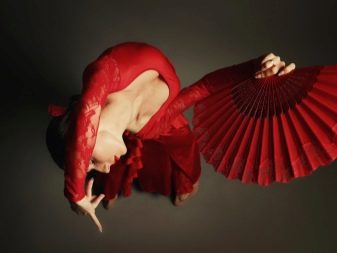
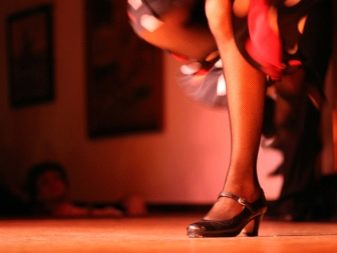
As already mentioned, the hands in the dance are used exclusively to create an emotional component. Therefore, beginners should learn the characteristic leg movements.
- Holpe - a full blow with the whole foot, without an emphasis on the heel or toe.
- Planta - a blow in which the nose touches the floor, and the heel is raised high up.
- Falling tacon - heel kick from the plant position.
- Heel forward - Gliding heel kick.
- Punta is a blow with the nose of the foot.
A basic tutorial for beginners awaits you in the next video.
Experts recommend learning to dance flamenco for humble and overly shy individuals. Movements in dance will help you to maximize freedom, learn not to be afraid of the audience, and express emotions in front of other people.
It is noteworthy that now many theatrical performances are taking place with the participation of Spanish dances, including flamenco. People who want to learn how to dance beautifully and technically correctly are advised to attend such performances, observing the movements of the performers.
